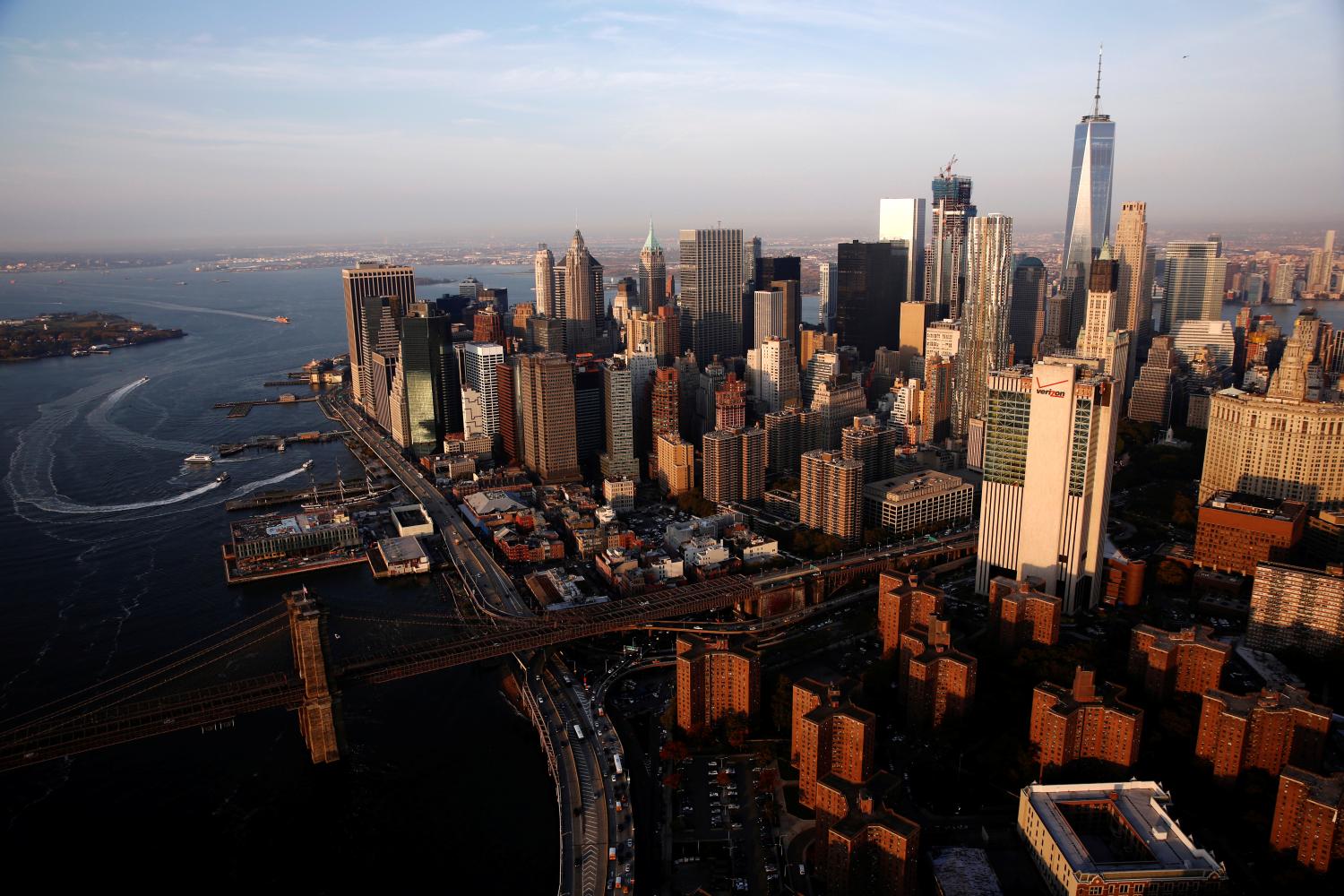The first nationwide picture on race and ethnicity from the 2010 Census is now complete, and shows the United States at a demographic pivot point between its racial past and multi-ethnic future.
Some results, admittedly, are not too surprising. Certainly most people knew that there we were experiencing a large growth of “new minority” populations, Hispanics and Asians. Over the decade, Hispanic population hit the 50 million mark, and Asians led all groups in population growth.
Yet an initial look at the data provides another view. The first decade of the 21st century represents a clear break from the 20th, as the United States transitions from a largely white/black nation experiencing robust population growth, to one that juxtaposes an aging white population, growing new minority populations, and a sharply altered geography for blacks.
The following statistics are telling: of the 27.3 million added to U.S. population between 2000 and 2010, only 2.3 million were non-Hispanic whites, representing about 9 percent of total growth. This compares with a 20 percent contribution in the 1990s, and far higher contributions in earlier decades. Hispanics accounted for well over half of our gains, while Asians made the next biggest contribution. So while whites still comprise 64 percent of the nation’s population, our nearly 10 percent growth over the 2000s would be less than 4 percent were it not for Hispanics and Asians.
The “X factor” of new minority growth looms large locally as well as nationally. Among the 49 states with growing populations, the combination of Hispanics, Asians and members of smaller new minorities accounted for all or most of the growth in 33 of these states. These include traditional melting-pot states such as Florida, Texas, and California, as well as whiter, slow growing states such as Ohio, Pennsylvania, Iowa, and Nebraska. States in the latter category depend especially on new minority growth for their demographic survival.
The child population represents perhaps the most important part of the demographic pivot. Over the last decade, the U.S. population under age 18 grew by less than 3 percent. But the 2010 Census also reveals an absolute decline of white young people over this period, as well a somewhat smaller decline of black youths. Hispanics, Asians, and to a lesser degree multiracial children, accounted for all of the net growth the nation’s under-18 population. This is perhaps more telling about our nation’s future—socially, economically, politically—than any other statistic.
The African American population, often overlooked in discussion of the nation’s changing demographics, showed a sharp geographic pivot in the 2000s. The signature settlement patterns that characterized blacks throughout most of the 20th century—the Great Migration from South to North, and large concentrations in segregated city neighborhoods—are undergoing a dual reversal. The first reversal took hold in the 1990s, but continues in full force: a pronounced shift “back” to the South. Economic progress, cultural ties, and an emerging black middle class have driven greater numbers of blacks to prosperous southern metropolitan areas like Atlanta, Dallas, Houston, and Raleigh. At the same time, the states of Illinois and Michigan showed for the first time absolute losses in black population. About three-quarters of the country’s black population growth last decade took place in the South, compared with 65 percent in the 1990s.
The second, newer reversal in the 2000s is a “black flight” of sorts from big cities with high concentrations of blacks. The number of black residents declined in 19 of the 30 biggest cities with the largest black concentrations. These losses were steepest in the largest northern black magnets of the past, Detroit and Chicago, but also occurred in southern cities like Dallas, Houston, and Atlanta as black residents relocated to the suburbs. New generations of African Americans with fewer ties to the segregated city neighborhoods of their parents and grandparents seem ready to follow earlier generations of whites to suburbia. Indeed, census results also confirm that black residential segregation declined in fully 92 of the 100 largest metropolitan areas over the decade.
The demographic pivot evident in the new census data heralds an emerging U.S. racial and ethnic profile much different from that of our nation’s past. Old ideas of how race dynamics play out in cities and suburbs, along the coasts and in the heartland, and what it means to be a minority in America will shift dramatically. The 2010 Census gives strong hints about where we are heading, which in the best of all worlds—and in hopeful contrast to many other parts of the globe—will involve continued growth, youthful vitality, and a reinvention of the melting pot that characterized our country at the beginning of the 20th century.
The Brookings Institution is committed to quality, independence, and impact.
We are supported by a diverse array of funders. In line with our values and policies, each Brookings publication represents the sole views of its author(s).




Commentary
Op-edA Pivotal Decade for America’s White and Minority Populations
March 25, 2011